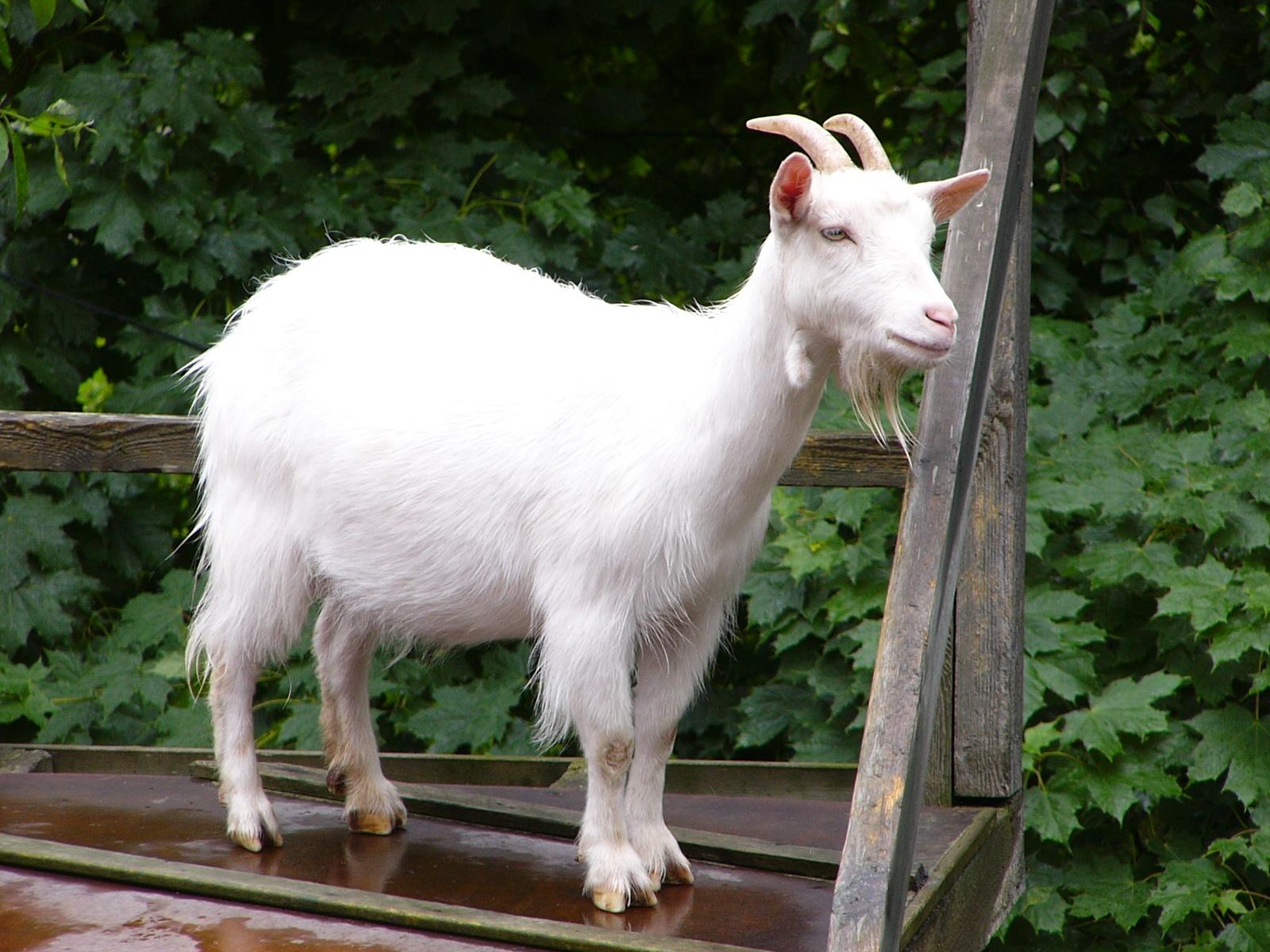Here is an interesting question to begin your Shabbat with. What do goats and lemons have in common? On the surface, not much. One is an animal and the other is a fruit, but somehow they both send the same powerful message.
Two weeks ago, we read the double parashah of Achrei Mot-Kedoshim in shul. In it, we read about how the Kohain Gadol (High Priest) takes two goats, sacrifices one, and bestows the sins of the people on the other. This is the origin of the scapegoat. It’s literally the goat that gets to escape (of course, later texts indicated that the goat was thrown off the side of a cliff during the time of the Temple - just to make sure that our sins didn’t wander back into town).
Which goat gets the better deal? The one sacrificed immediately or the one blamed with the sins of an entire nation? As Jews, we are acutely aware of the pain that scapegoating can bring. Blaming others for your own problems may seem like an easy course, but it is not a healthy course and means denying your own role in the problem.
This brings us to the lemons that were found in this week’s 6th grade Advisory. Dr. Limor Tintweiss, our BOCES school psychologist, joined Advisory teachers Esther Dubow and Jaime Pitschi and brought along a bag of lemons. This was not be a lesson on how to make lemonade out of these lemons, but rather a plan to get our students to think about the stereotypes that they have and strengthen their understanding of the need for tolerance.
Dr. Tintweiss shared pictures of individuals with the class and asked them to share their assumptions. Our students drew a wide variety of conclusions from the photographs, without necessarily knowing anything more about the person in the picture. Then, Dr. Tintweiss handed a lemon to each group of students. The students studied their lemon and got to know its nuances. Then, their lemon was plunked down amidst several other lemons and students had to pick out which one was there’s. Surprisingly, our students knew their lemons and picked them out with a 100% success rate.
In the discussion that followed, students talked about how they had to recall the individual features of their lemons and see how it stood on its own. Prior to this, students had never really thought about the differences that individual lemons have and considered them to just be part of a broader class. The conversation turned to how we make generalizations about groups of people based upon limited knowledge and understanding. When we make these stereotypes, we open the door to scapegoating others.
In our complex and diverse society, it is increasingly important that we bring tolerance and understanding with us in our interactions. Too often, we will be offered the opportunity to blame the other rather than seek to understand them and grow from this understanding. Seeing the individual, whether it is a goat, a lemon, or a person is the key. The conversations about tolerance and stereotyping in the 6th grade Advisory class are just one part of making this a more just and civil society.








0 comments:
Post a Comment